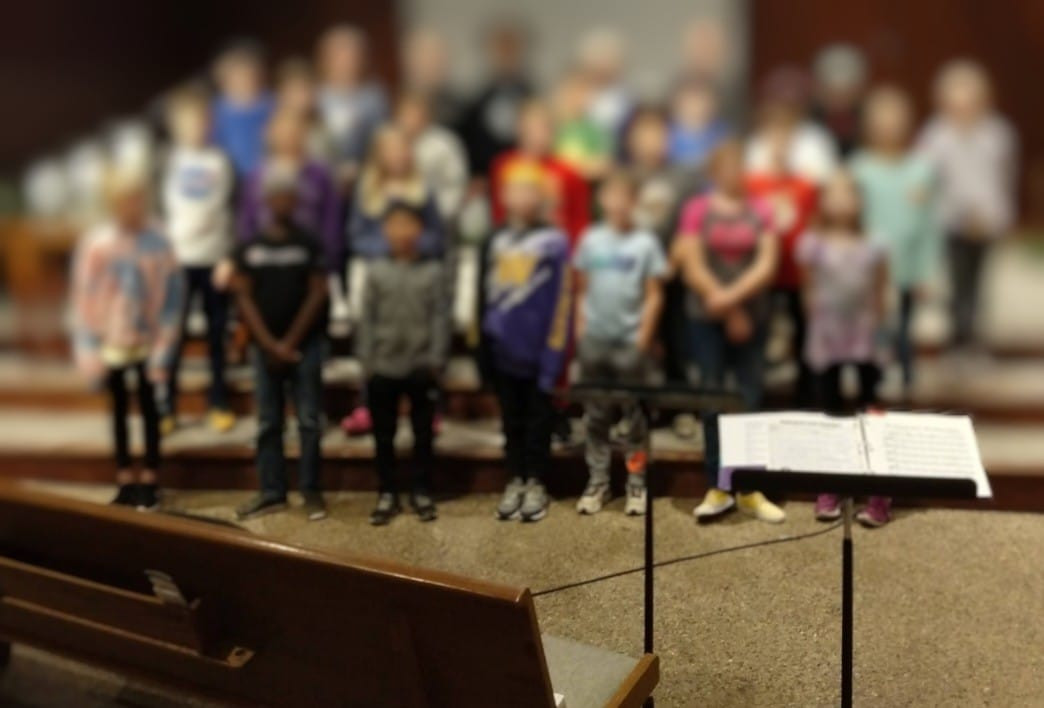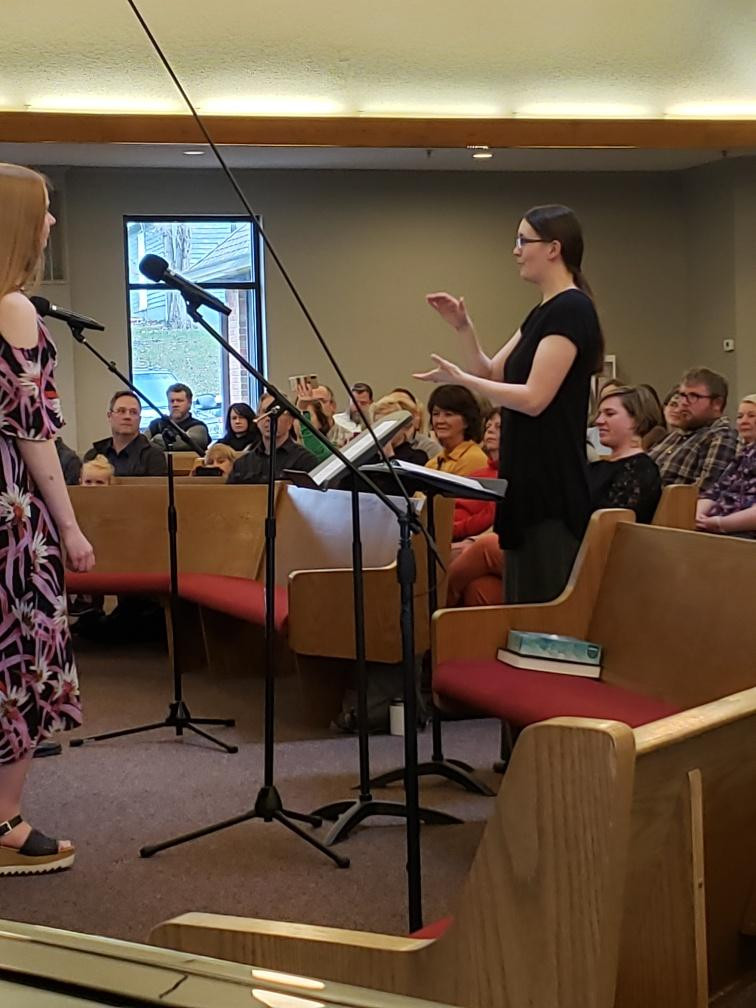
Sight Singing and Ear Training are fundamental skills in music education. Most colleges teach it over the course of a few different classes, and many people view it as skills you can't teach until middle school or later... but I love teaching these skills to students as young as 2nd grade (who are already tuneful, beatful, and artful!) in as little as 5 minutes per day. It can be done well and creatively so that students experience it in a joyful, fun way.
Sight singing is the ability to read and sing a piece of music at first sight without having heard it before. It involves translating the written musical notation into vocal sounds. This ideally is done AFTER having some foundational skills built first, namely ear training skills.
Skills Involved:
- Note Recognition: The ability to identify and sing the correct pitches indicated in the musical score.
- Rhythm Recognition: Being able to interpret and execute the rhythm of a piece accurately.
- Interval Recognition: Recognizing the distance between two pitches, which helps in accurately reproducing melodies.
- Key and Scale Recognition: Understanding the key signature and scale of a piece, which guides the performer on which notes to sing.
- Phrasing and Articulation: Interpreting the musical notation to convey musical expression, including dynamics, tempo, and articulation.
Ear training, also known as aural skills, involves developing the ability to identify and reproduce musical elements solely by hearing them. This includes melody, harmony, rhythm, and timbre. My goal is always to develop the musical ear before the musical eye.
Skills Involved:
- Pitch Recognition: Identifying individual pitches and intervals between them.
- Melodic Dictation: Hearing a melody and writing it down in musical notation.
- Harmonic Analysis: Recognizing and identifying chords and chord progressions in a musical piece.
- Rhythmic Dictation: Hearing a rhythm and notating it accurately.
- Chord Progression Recognition: Identifying the sequence of chords in a piece of music.
- Transcription: Listening to a piece of music and notating it in sheet music form.
Both ear training and sight singing are essential for any musician who wants to perform, compose, or arrange music. It enables musicians to effectively communicate and collaborate with others. Musicians with strong sight singing and ear training skills can adapt to various musical styles and genres. These skills empower musicians to improvise and create their own music. It hones the ability to critically analyze and appreciate music. Both sight singing and ear training are skills that can be developed and honed through consistent practice and training. They are vital components of a well-rounded musical education.
Conversational Solfege is a system of 12 steps that addresses these needs first by ear and then adding the eye and symbols to it to develop a person's musical mind and musical thinking in a playful, creative way!
To learn more about Conversational Solfege, check it out here. And here are the flash cards I use that go with the CS units. I'm happy to chat more about CS as well, it's a passion of mine to use this well-created resource to help develop young musicians.
Conversational Solfege is a system of 12 steps that addresses these needs first by ear and then adding the eye and symbols to it to develop a person's musical mind and musical thinking in a playful, creative way!
To learn more about Conversational Solfege, check it out here. And here are the flash cards I use that go with the CS units. I'm happy to chat more about CS as well, it's a passion of mine to use this well-created resource to help develop young musicians.












0 Comments